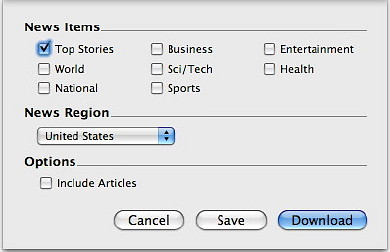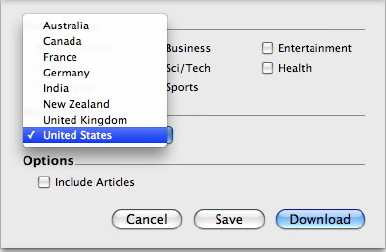|
|
I recently covered Speech Preferences for OS X, Leopard. While looking at this, I used a utility I had installed a while back but not used regularly: iSpeakIt. As this has now been updated, with additional features, it is worth re-examining. Michael Zapp at ZappTek has created an application that uses the system voice (selected in Speech preferences) and creates a sound file from text. That in itself is simple enough. OS X allows us to play sound with any native application, via the "Services" menu, with highlighted text. Where iSpeakIt scores, is to add to that facility with both input and (particularly) output methods.

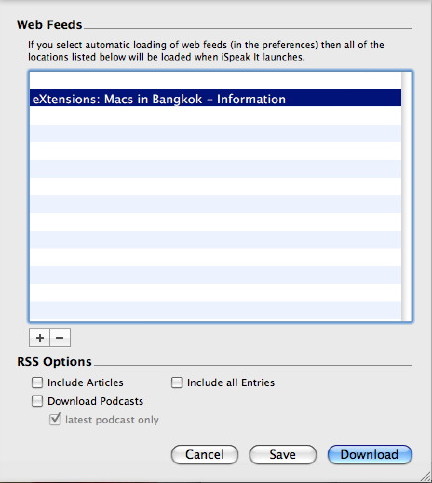
The simple preferences panel has two sections. First is a check box for automatic iTunes transfer. If this is active and the next section also selected (Load on Launch, which has several input choices), the entire process could be automatic if it is coupled with a startup launch of the program. Plugging in the iPod for a sync would have one ready to go first thing in the morning. The three other input methods each use Google sources: News, Weather and Driving directions. The latter loads a map panel, the same as in Safari or on the iPod touch. Text directions are converted to a sound file. I was unable to make this part of the utility create sound output although the directions themselves appeared. The other input methods worked instantly, every time.
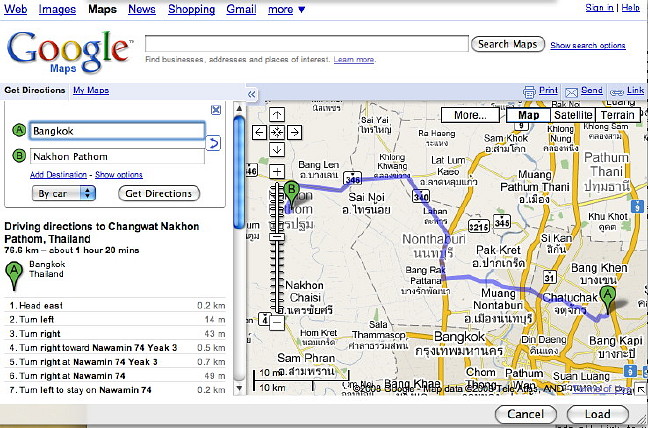
The export sections allow for two processes. The export to iTunes puts a file directly into that application and then it is ready for an iPod. There are five formats: AAC, AIFF, Apple Lossless, MP3 and WAV files. A number of choices may be made including how the file may be split, which is useful if the text is long. A summary of the news takes a few seconds to export and produces a file just over 2 minutes long. The other icon exports .AIFF files. These can be used in applications, such as GarageBand.
Another file created from Google news sources again prompted this apparent breath after some pragraphs, which adds an unusual -- almost eerie -- level of reality to the computer-generated voice.
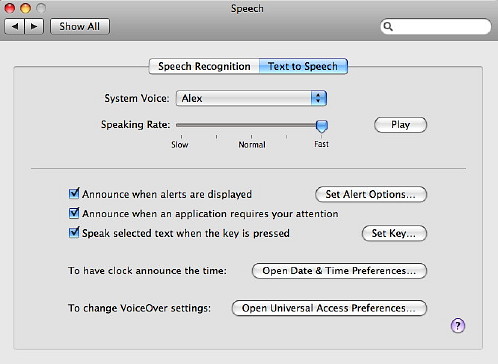
The pauses, breaths and other human-like delivery features are subtle tricks that add realism and assist a user to pay better attention to the information being delivered. iSpeakIt adds convenience for those with limited time who can access information via an iPod and listen on the go. It is also excellent input for English learners.
|
|

